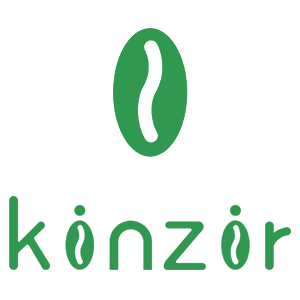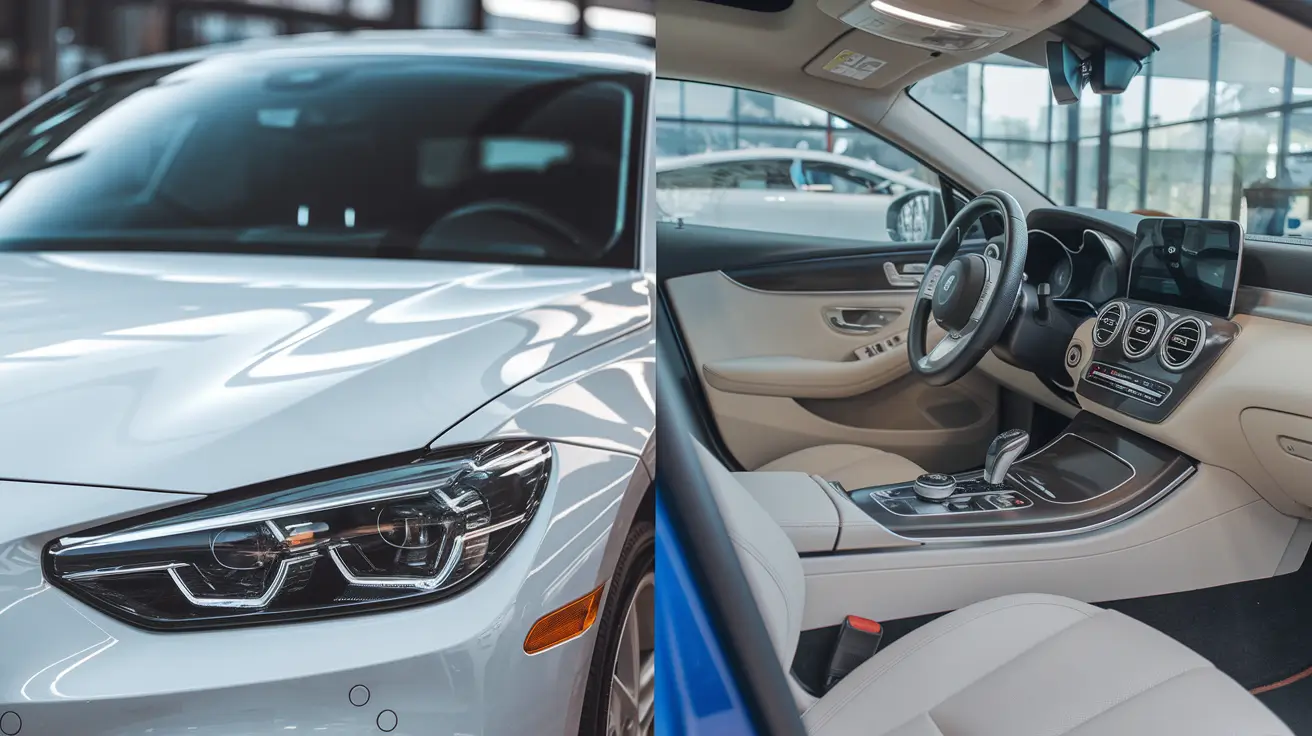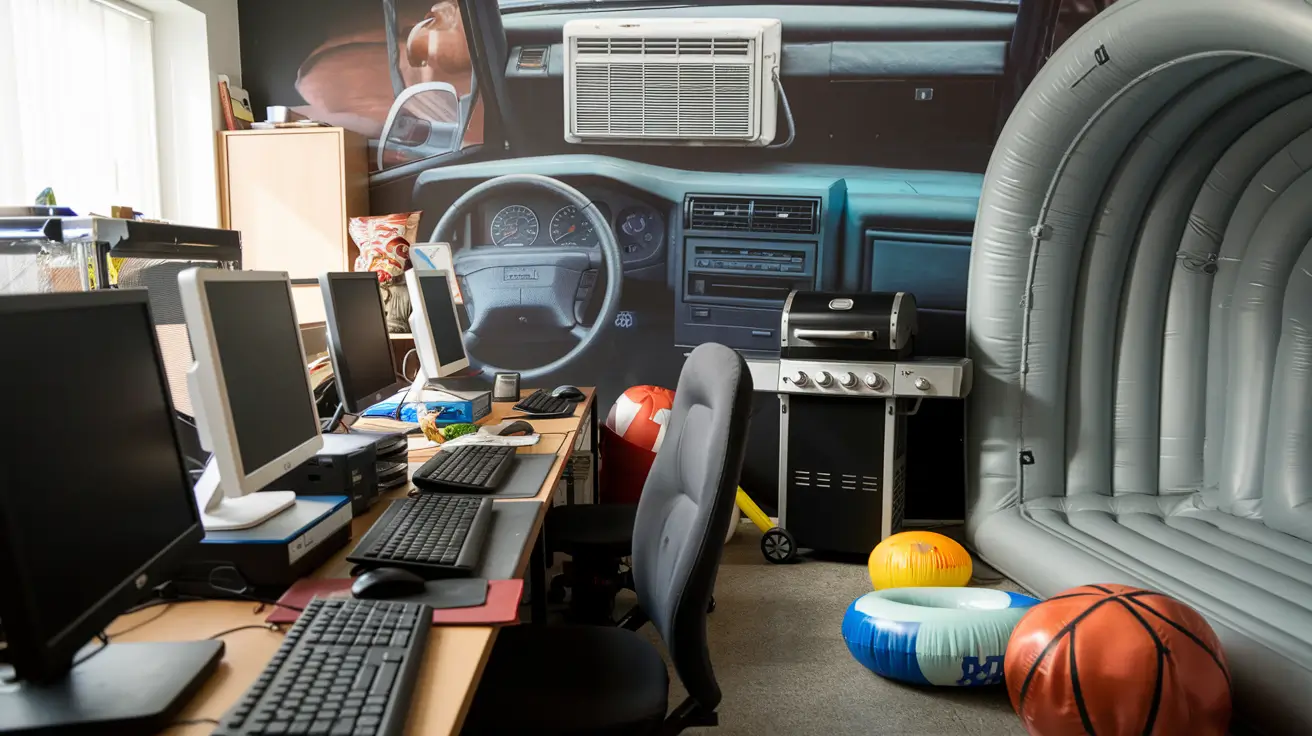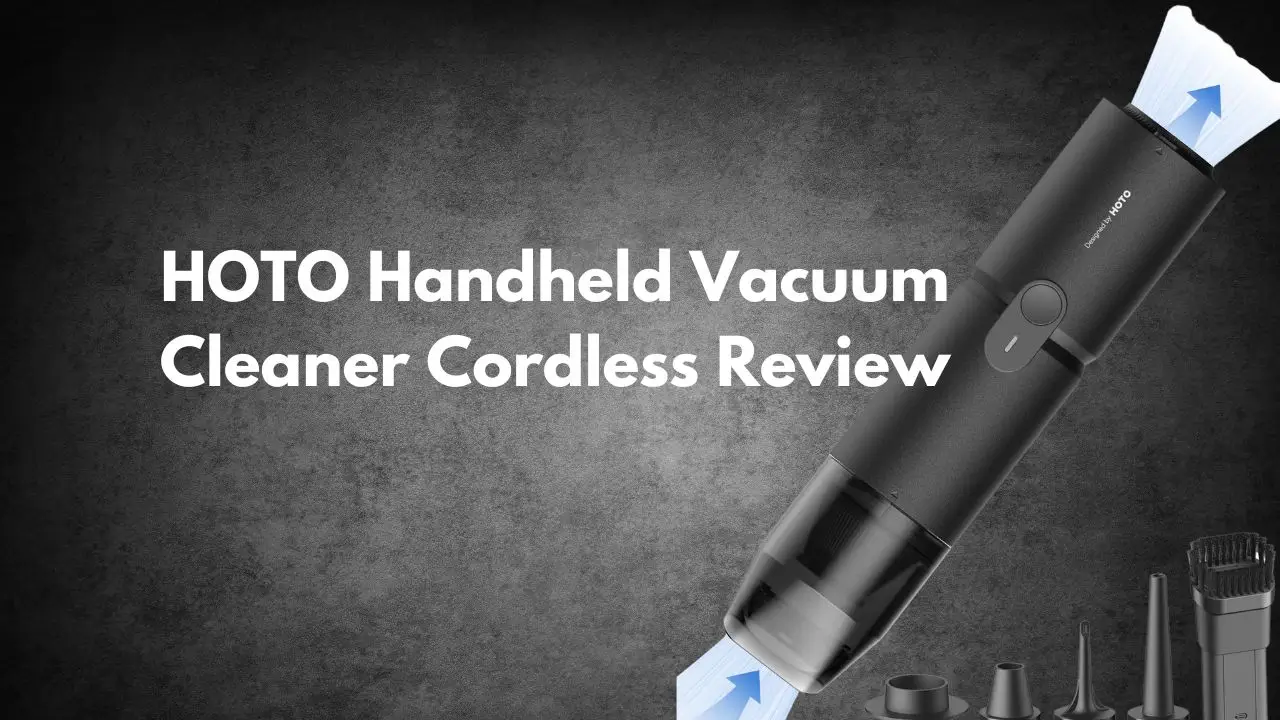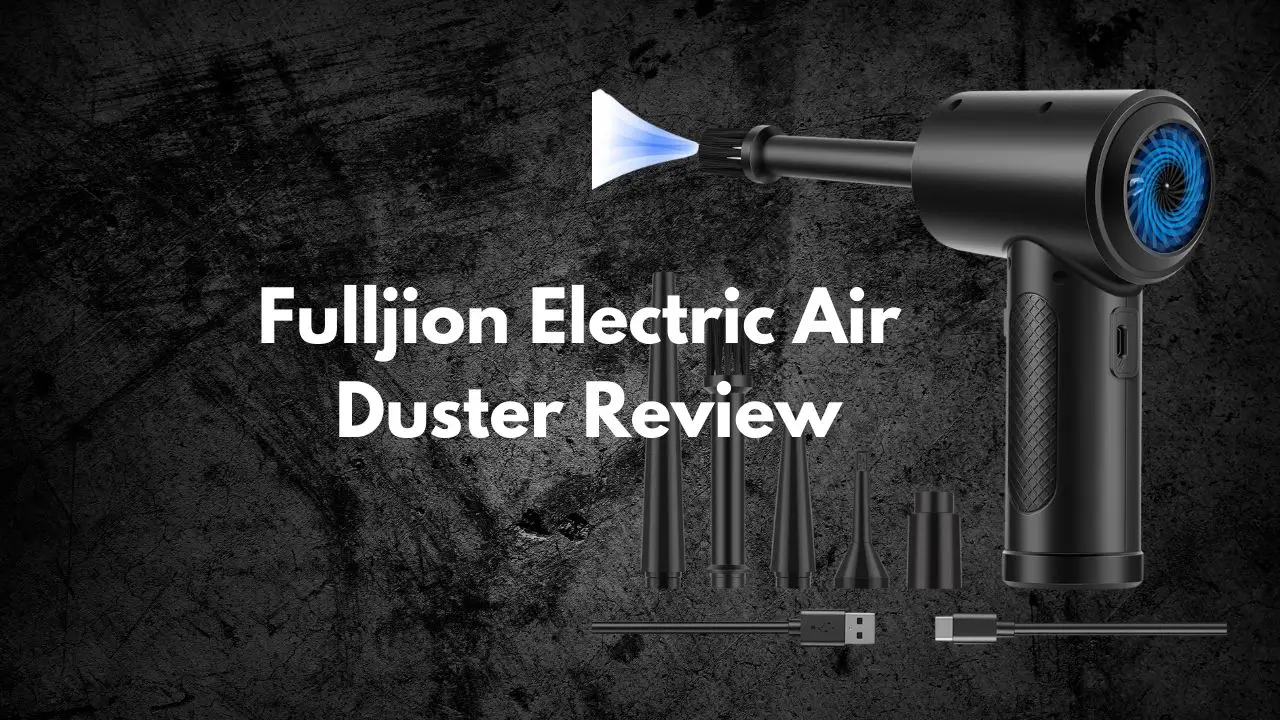Navigating the world of Popular Certificates for Exporting Electronic Appliances can be challenging for manufacturers and exporters. These electronics export certifications not only ensure your products meet safety and performance standards but also build consumer trust in global markets. Understanding which certificates are required for your specific electronic appliances can save you time, reduce costs, and prevent shipment delays at international borders.
Each certificate serves as a passport for your products, opening doors to different regions while demonstrating compliance with local regulations. From CE marking in Europe to UL certification in North America, these credentials communicate to consumers that your appliances meet rigorous safety standards. The right certifications can significantly impact your market reach and enhance consumer perception of your brand’s quality and reliability.
The certification landscape varies by product type and destination market, with each region maintaining unique requirements to protect consumers and ensure compatibility. You’ll need to consider factors like electrical safety, electromagnetic compatibility, energy efficiency, and environmental impact when determining which certificates your electronic appliances require for successful market entry.
Major International Certification Systems
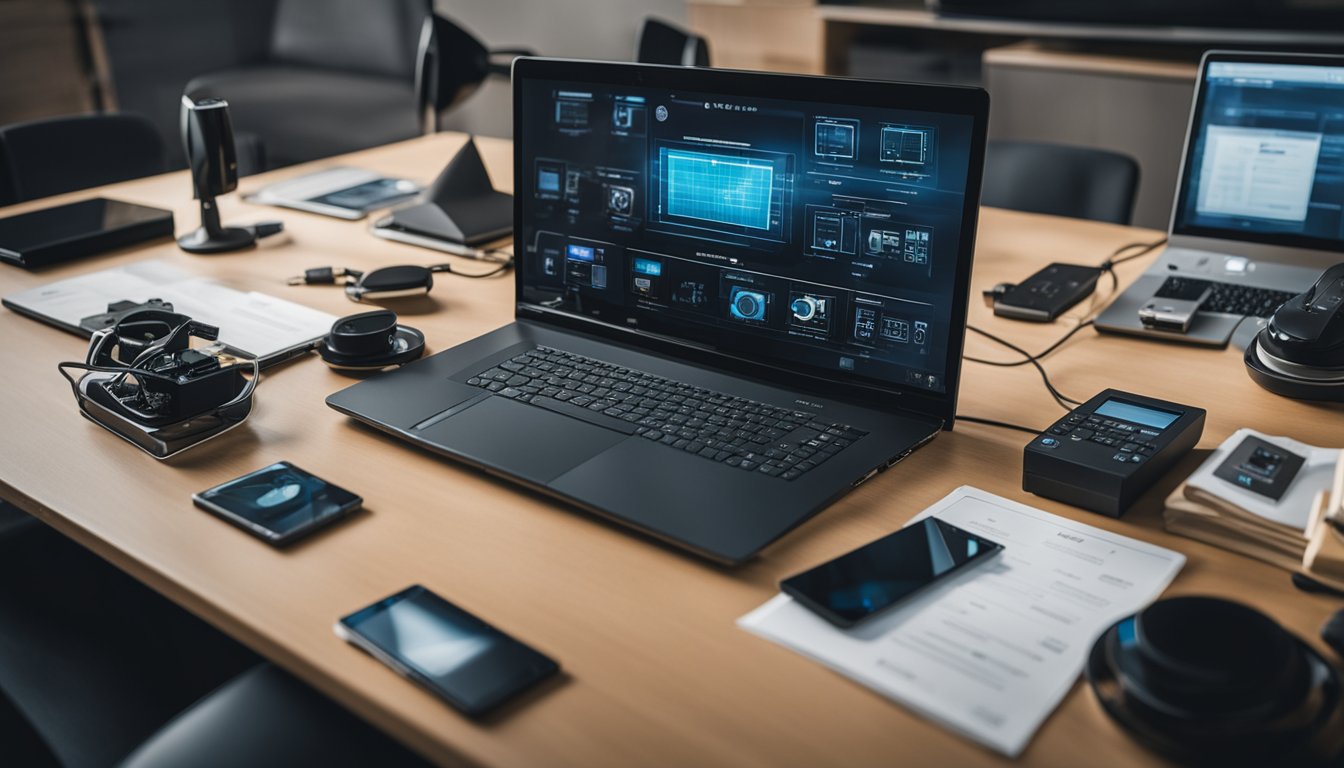
Navigating global markets requires manufacturers to comply with various certification systems that ensure product safety, quality, and environmental responsibility. These systems vary by region and carry specific requirements that directly impact market access for electronic appliances.
CE Certification (European Union)
CE marking confirms that your electronic products comply with the EU’s health, safety, and environmental protection standards. The certification applies to products sold within the European Economic Area, including all EU member states plus Iceland, Liechtenstein, and Norway.
Products must meet essential requirements outlined in relevant EU directives such as the Low Voltage Directive (LVD), Electromagnetic Compatibility (EMC) Directive, and Radio Equipment Directive (RED). Below is an exmpale of Kinzir electric air duster CE certificate, and it shows the The certificate NO., Applicant, Manufacturer, Product name, main test model(AD57 electric duster), and additional model(AD56, AD58, AD59, AD60, AD61, AD62, AD63, AD64, AD65, AD66, AD67, AD68, AD69, AD70, ME-CA2)
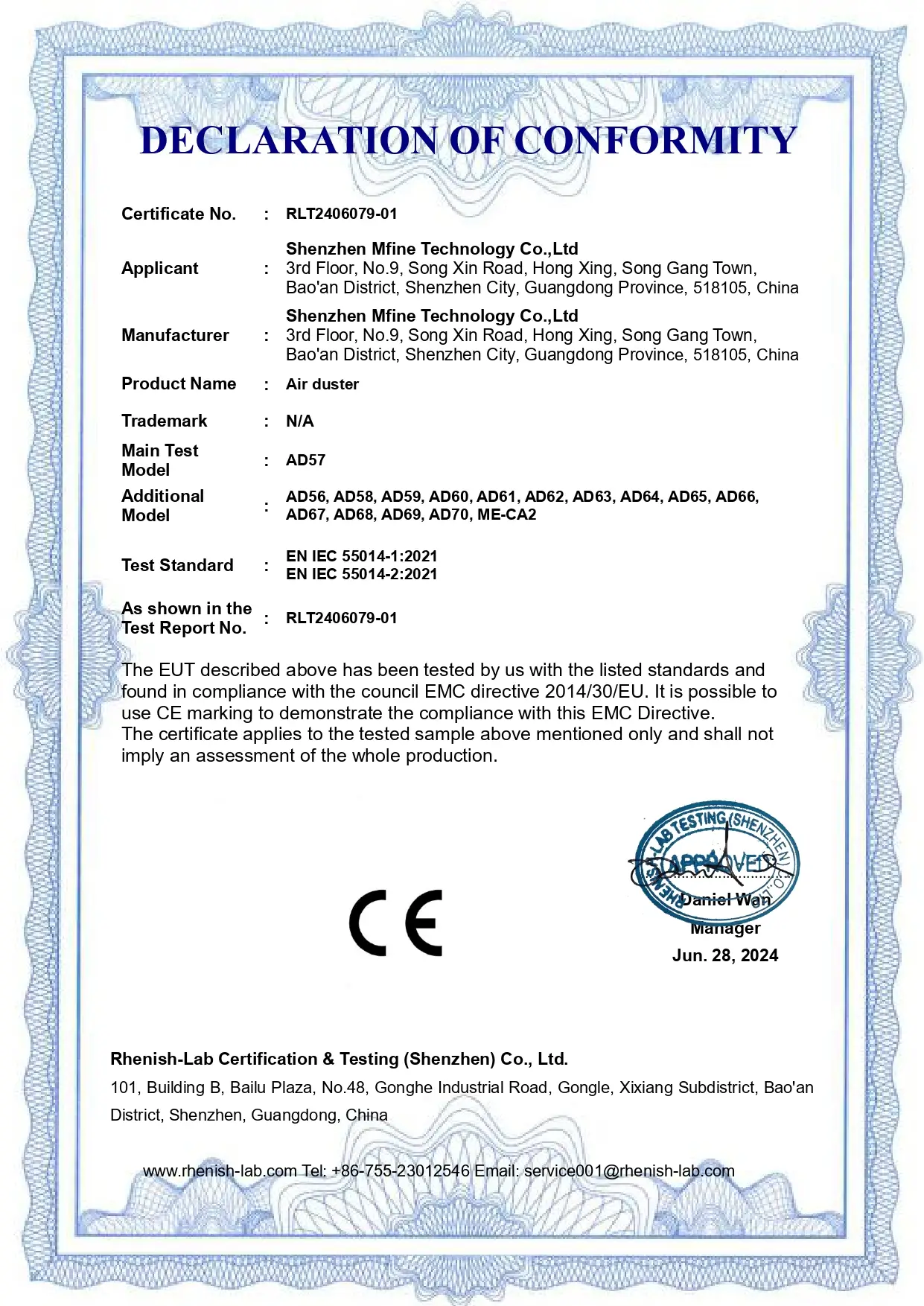
Testing involves verification of product safety, performance, and electromagnetic compatibility by accredited testing laboratories. Manufacturers can self-declare compliance for lower-risk products, while higher-risk items require notified body involvement.
The process typically requires:
- Technical documentation
- EU Declaration of Conformity
- Risk assessment
- User instructions in local languages
CE marking costs vary from €500 to €10,000 depending on product complexity and testing requirements. Once certified, your product displays the CE mark and gains access to a market of over 450 million consumers.
FCC Certification (United States)
The Federal Communications Commission (FCC) certification ensures electronic devices don’t cause harmful interference to radio communications in the United States. It applies to virtually all electronic devices that generate radio frequency energy.
FCC certification falls into two categories:
- Verification: Self-testing for devices with low interference potential
- Certification: Third-party testing for transmitters and higher-risk devices
The process evaluates electromagnetic emissions against FCC Part 15 limits. Testing occurs in FCC-recognized laboratories that assess both intentional and unintentional radiators.
You’ll need to prepare an FCC ID application, test reports, block diagrams, schematics, and operational descriptions. Products that pass receive an FCC ID number that must be displayed on the device or packaging.
Certification timelines range from 4-12 weeks with costs between $2,000-$10,000 depending on complexity. The FCC mark significantly enhances consumer trust in the US market, which remains essential for global electronics manufacturers.
UL Certification (North America)
UL (Underwriters Laboratories) certification verifies that your electronic products meet North American safety standards. Though technically voluntary, UL certification is frequently required by retailers, distributors, and insurance companies.
The certification process evaluates products against UL standards that address electrical shock, fire hazards, and mechanical risks. Testing involves rigorous examination of components, materials, construction, and performance under normal and abnormal conditions.
UL offers several marks:
- UL Listed: Product meets all applicable standards
- UL Recognized: Components meet requirements for use in complete products
- UL Classified: Tested for specific properties or limited conditions
The certification requires comprehensive technical documentation, sample testing, and facility inspections. UL representatives conduct regular follow-up inspections to ensure ongoing compliance.
Costs typically range from $5,000-$20,000 with processing times of 6-12 weeks. The UL mark delivers substantial market advantages as 86% of American consumers recognize and trust the UL symbol when making purchasing decisions.
CB Certification (International)
The CB (Certification Bodies) Scheme offers a streamlined path to multiple national certifications through a single set of tests. This international system operates under the IEC System for Conformity Testing and Certification of Electrical Equipment (IECEE).
Testing evaluates products against IEC standards that cover electrical safety aspects. Once a product passes testing at an approved laboratory, it receives a CB Test Certificate and Report.
The key advantage lies in reciprocal acceptance – test results from one member country are recognized by other participating nations. This eliminates redundant testing when entering multiple markets.
Currently, over 50 countries participate in the CB Scheme, including major markets in Europe, North America, and Asia. The certification process requires:
- Application to a National Certification Body (NCB)
- Sample submission
- Testing against relevant IEC standards
- Documentation review
Timeframes typically span 4-8 weeks with costs ranging from $3,000-$8,000. The CB certificate serves as a passport that significantly reduces time to market across multiple countries.
RoHS Compliance
Restriction of Hazardous Substances (RoHS) compliance ensures your electronic products don’t contain restricted hazardous materials. This EU directive limits the use of six hazardous materials in electrical and electronic products:
- Lead (Pb)
- Mercury (Hg)
- Cadmium (Cd)
- Hexavalent chromium (Cr6+)
- Polybrominated biphenyls (PBB)
- Polybrominated diphenyl ether (PBDE)
Testing involves material analysis using techniques like X-ray fluorescence (XRF) and wet chemical testing. You must maintain technical documentation demonstrating compliance throughout your supply chain.
Manufacturers must collect declarations from component suppliers and conduct regular testing. The directive requires a Declaration of Conformity and allows using the CE mark once compliant.
Products typically display the RoHS logo or statement of compliance. While implementation costs vary widely, non-compliance can result in market exclusion and significant penalties up to €100,000 per infringement.
RoHS has become a global standard with similar regulations now in place across China, Korea, Japan, and the Americas. The compliance process takes 2-4 weeks and costs approximately $1,500-$3,000 for testing.
WEEE Compliance
Waste Electrical and Electronic Equipment (WEEE) compliance addresses proper disposal and recycling of electronic products at end-of-life. This EU directive places responsibility on manufacturers to finance the collection, recovery, and environmentally friendly disposal of electronic waste.
To comply, you must:
- Register with national WEEE authorities
- Mark products with the crossed-out wheelie bin symbol
- Provide information on proper disposal
- Meet collection and recovery targets
The directive applies to virtually all electronic equipment including household appliances, IT equipment, consumer electronics, lighting, and tools. Registration requires annual reporting of products placed on the market and payment of recycling fees.
Costs vary by country and product type, typically ranging from €0.05 to €1.50 per item. Implementation timeframes span 4-12 weeks depending on the countries involved.
WEEE compliance demonstrates environmental responsibility and meets growing consumer demand for sustainable products. Non-compliance can result in market exclusion, fines, and reputation damage.
Energy Star
Energy Star certification identifies your electronic products as energy-efficient alternatives that help reduce
Regional Certification Requirements
Navigating the international market for electronic appliances requires understanding specific certification requirements in each region. These certifications ensure products meet local safety, performance, and compatibility standards before they can be legally sold.
CCC (China Compulsory Certification)
The China Compulsory Certification (CCC) is mandatory for electronic appliances entering the Chinese market. This certification verifies compliance with Chinese GB standards for safety and electromagnetic compatibility.
Purpose: Ensures products meet China’s national safety requirements before market entry.
Regulatory Framework: Based on Chinese GB standards that cover electrical safety, EMC, and other technical specifications.
The certification process includes:
- Sample testing at designated Chinese laboratories
- Factory inspection by Chinese authorities
- Certificate issuance following successful evaluation
- Annual surveillance inspections
Issuing Body: China Quality Certification Centre (CQC) and other government-authorized certification bodies.
The CCC mark must appear on your product in the specified format. Certification is valid for five years but requires annual factory inspections to maintain validity.
Documentation Requirements:
- Technical documents translated into Chinese
- Test reports from authorized Chinese laboratories
- Factory inspection reports
- Chinese-language user manual
Cost and Timeline: Expect 2-6 months for the complete process with costs ranging from $2,000-$10,000 for testing, plus $1,500-$3,000 for initial factory audits.
PSE Certification
Japan’s Product Safety Electrical Appliance & Material (PSE) certification is essential for electrical products sold in the Japanese market.
Target Market: Japan
Standards: Based on the Electrical Appliance and Material Safety Law (DENAN).
PSE offers two certification paths:
- Diamond PSE Mark – For specified high-risk products requiring third-party testing
- Circle PSE Mark – For lower-risk products that can use self-declaration
Issuing Authority: Japanese Ministry of Economy, Trade and Industry (METI) or authorized testing bodies.
PSE certification has no expiration date, but product modifications may require recertification. Your product must display either the Diamond or Circle PSE mark based on its category.
Required Documentation:
- Technical specifications
- Test reports
- Japanese-language user manual
The certification process typically takes 2-4 months for Diamond mark ($3,000-$7,000) and 1-2 months for Circle mark ($1,000-$3,000). Without PSE certification, you cannot legally sell electrical products in Japan.
KC Certification
Korean Certification (KC) is mandatory for electronic products entering the South Korean market.
Purpose: Verifies compliance with Korean safety, EMC, and radio equipment standards.
The certification involves:
- Testing at authorized Korean laboratories
- Documentation review
- Certificate issuance by Korean authorities
Regulatory Body: Korean Agency for Technology and Standards (KATS) or authorized certification bodies.
KC certification typically remains valid for 5 years before renewal is required. All certified products must bear the KC mark according to specific guidelines.
Documentation Required:
- Technical documentation
- Test reports from Korean laboratories
- Korean-language user manual
- Detailed product specifications
The process usually takes 2-3 months with testing costs between $2,000-$5,000. KC certification is not optional—it’s a legal requirement for market entry and demonstrates your product meets Korean safety standards.
RCM Certification
The Regulatory Compliance Mark (RCM) indicates that your electronic appliances comply with Australian and New Zealand standards.
Target Markets: Australia and New Zealand
Regulatory Framework: Based on Australian/New Zealand standards for electrical safety, EMC, and telecommunications requirements.
The certification process is relatively streamlined:
- Product testing to relevant standards
- Technical file preparation
- Self-declaration through registration in the EESS database
Unlike some regions, RCM largely operates on a self-declaration model with oversight from the Australian Communications and Media Authority (ACMA) and state electrical safety regulators.
Your RCM certification remains valid as long as the product stays unchanged and compliant. The RCM mark must appear on all certified products according to specific guidelines.
Required Documentation:
- Test reports demonstrating compliance
- Technical documentation
- Declaration of Conformity
- Registration in the Electrical Equipment Safety System (EESS)
Expect 1-2 months for testing and documentation with costs of $1,500-$4,000 plus variable registration fees based on risk level. The RCM mark is widely recognized by Australian and New Zealand consumers as a sign of product safety.
EAC Certification
The Eurasian Conformity (EAC) mark is required for electronic appliances sold in the Eurasian Economic Union.
Target Countries: Russia, Belarus, Kazakhstan, Armenia, and Kyrgyzstan
Standards: Technical Regulations of the Customs Union (TR CU)
The certification process includes:
- Application submission
- Product testing at accredited laboratories
- Documentation review
- Certificate issuance
Certifying Authority: Accredited certification bodies recognized by the Eurasian Economic Union.
EAC certificates are valid for 1-5 years depending on the certification scheme. You must affix the EAC mark to your products according to specific guidelines.
Required Documentation:
- Technical documentation
- Test reports
- Russian-language user manual
- Local representative information
The certification typically takes 1-3 months with costs ranging from $1,000-$5,000 depending on product complexity. Without EAC certification, your products cannot legally enter the EEU market.
INMETRO (Brazil)
INMETRO certification is mandatory for many electronic appliances sold in Brazil.
Purpose: Ensures compliance with Brazilian safety and quality standards.
Regulatory Framework: Based on Brazilian technical regulations and standards.
The certification involves:
- Product testing at accredited laboratories
- Factory inspection
- Certificate issuance
- Regular follow-up inspections
Issuing Body: National Institute of Metrology, Quality and Technology (INMETRO) or accredited certification bodies in Brazil.
INMETRO certificates typically remain valid for 3-6 years, depending on the product type. Your products must display the INMETRO mark following specific guidelines.
Documentation Required:
- Test reports
- Technical documentation
- Factory quality control documentation
- Portuguese-language user manual
The certification process typically takes 3-6 months and costs $3,000-$10,000 plus annual follow-up expenses. INMETRO certification is not just regulatory compliance—it builds consumer trust in the Brazilian market.
Frequently Asked Questions
When exporting electronic appliances internationally, navigating certification requirements can be complex. Understanding specific documentation needs and compliance processes is essential for successful market entry.
What are the most critical certificates needed to export electronic appliances?
The CE marking is essential for products entering the European Economic Area. This self-declaration confirms your product meets EU health, safety, and environmental protection standards.
For North America, UL certification demonstrates compliance with safety standards. Products without this certification may face import restrictions or rejection at customs.
The CCC (China Compulsory Certification) is mandatory for numerous electronic products entering the Chinese market. The certification involves laboratory testing and factory inspections to verify product safety.
How do I identify which electronic appliances require specific export licenses?
Review the Commerce Control List (CCL) from the Bureau of Industry and Security. This comprehensive list categorizes electronic products by their technical specifications and potential dual-use applications.
Consult with the export control authorities in your country. Many governments maintain dedicated helplines to assist manufacturers in determining specific licensing requirements for electronic goods.
Consider hiring a compliance consultant if your products contain advanced technologies. Items with encryption capabilities, specialized communications features, or military applications typically require detailed licensing.
What documentation is mandatory for exporting electronic appliances internationally?
Commercial Invoice detailing product descriptions, quantities, and values is universally required. Always include HS codes and country of origin information to facilitate customs clearance.
Certificate of Origin verifies where your products were manufactured. This document often determines applicable tariff rates and eligibility for preferential trade agreements.
Packing List provides detailed information about package contents. Include dimensions, weights, and packaging details to ensure smooth logistics processing.
Technical File containing test reports, design specifications, and risk assessments must accompany your shipments. This documentation substantiates compliance claims and supports certification validity.
Could you list the steps involved in the export documentation process for electronic appliances?
Begin with product classification to determine the correct HS code and export control classification number. These codes dictate documentation requirements and potential restrictions.
Obtain required certifications specific to your target markets. Schedule testing with accredited laboratories at least 3-6 months before your planned export date.
Prepare commercial documentation including invoices, packing lists, and bills of lading. Ensure all documents contain consistent information about products, quantities, and values.
Apply for export licenses if required based on your product’s technical specifications. Submit applications through your country’s export control system with complete technical documentation.
Arrange for pre-shipment inspection when required by importers or destination countries. This verification confirms product quantity and quality before departure.
What is the most commonly required export document for international trade in electronic devices?
The Commercial Invoice stands as the most universally required document for electronic exports. It serves as the primary basis for customs valuation and duty assessment in nearly all countries.
Your invoice must include detailed product descriptions, quantities, unit prices, and total value. Many customs authorities require specific declarations regarding product compliance with safety standards.
Electronic devices often require supplementary technical declarations on commercial invoices. These statements confirm compliance with regulations concerning electromagnetic compatibility, energy efficiency, and restricted substances.
Are there any widely recognized free resources for understanding export procedures for electronic appliances?
The International Trade Administration offers comprehensive export guides covering certification requirements by country. Their website provides detailed market research and compliance information at no cost.
Export.gov maintains updated information on technical barriers to trade for electronic products. Their resources include webinars, documentation templates, and country-specific compliance guidelines.
The European Commission’s Trade Helpdesk provides detailed information on import requirements for electronic products entering the EU market. Their database covers certification, labeling, and documentation requirements for all EU member states.
